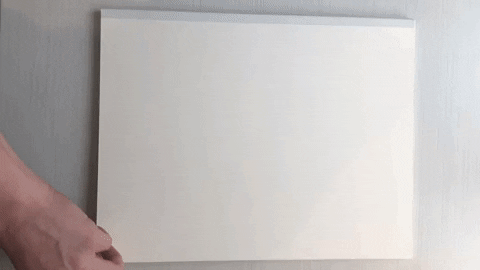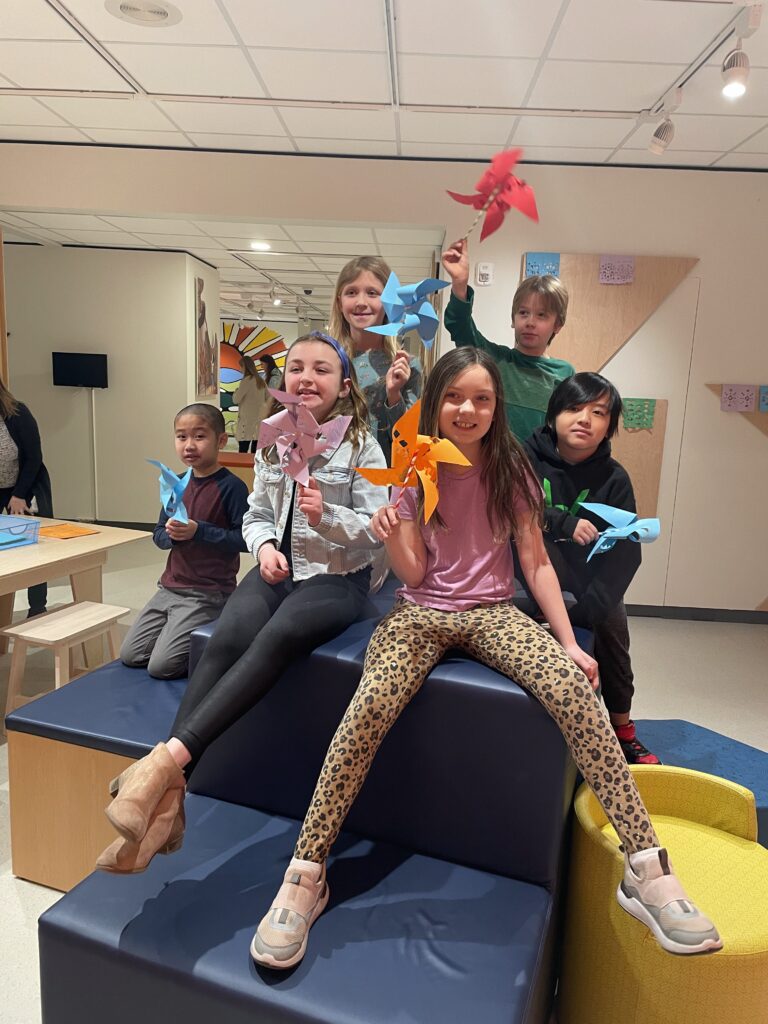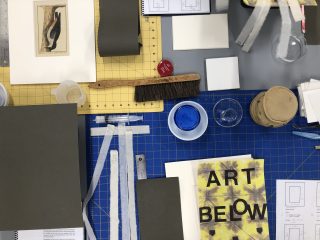

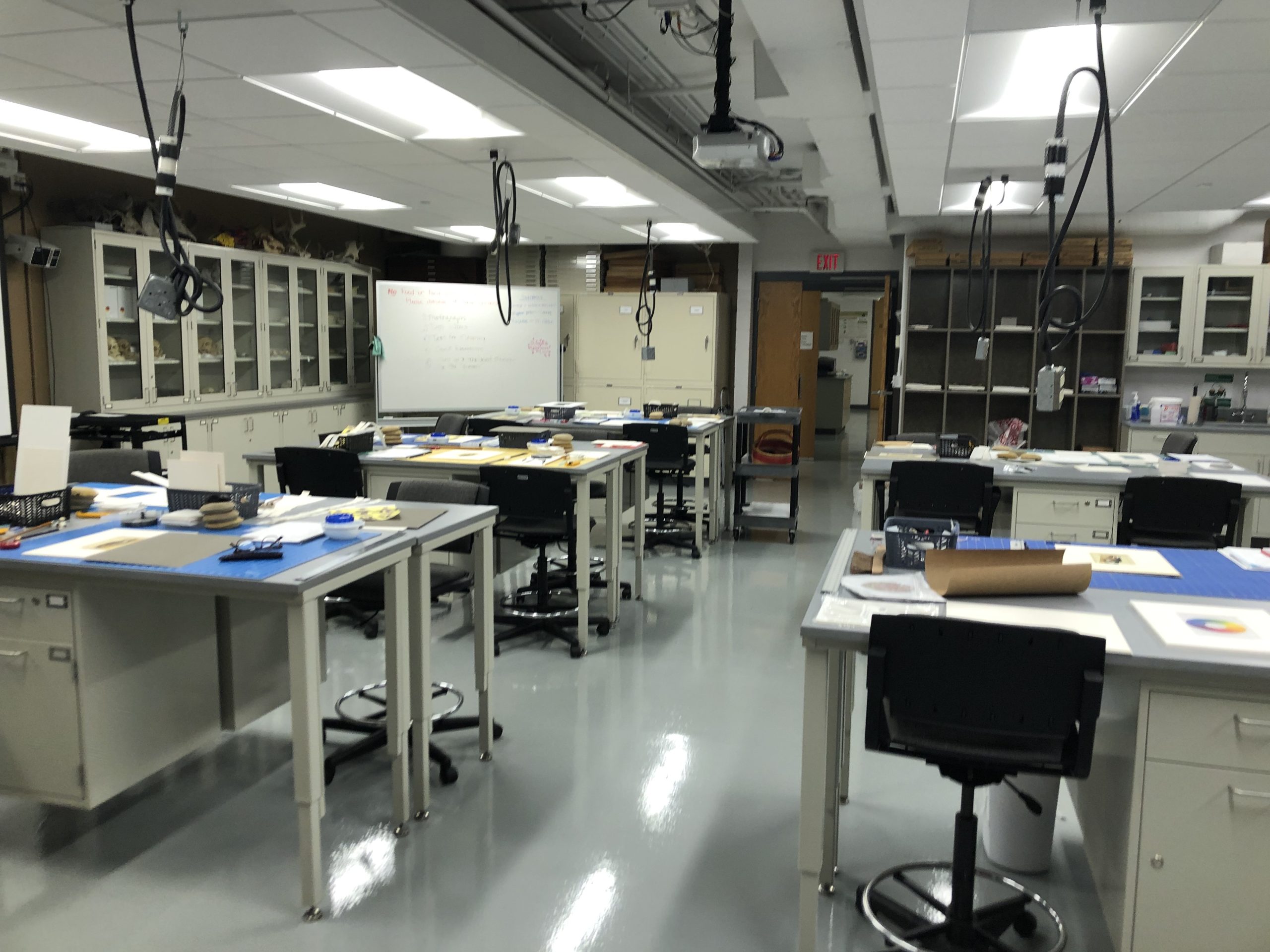
One of the best things about working in an art museum is being able to work “hands-on” with objects. Often, this involves the bigger “splashier” elements of the job, like curating an exhibition. But much of the joy lies in the subtler parts of the job, like choosing just the right font for an exhibition title, or the small things that go into the care and keeping of the objects themselves. For instance, matting and framing are essential parts of keeping works on paper safe and sound in our collection storage and when the objects are on display.
Recently, curator of exhibitions Shannon Pueschner and I had the opportunity to go to the Center for Collections Care at Beloit College. The Center is a hub for learning these joyful, small tasks that are so essential to keeping collections in beautiful – both aesthetic and material – condition. While there, we took a four-day intensive course on matting. Matting, and hang in with me here, is the very dry-sounding process of custom cutting a 100% acid-free cotton matboard to frame an artwork. When done correctly, the matboard ensures a work on paper is safely buffered from the environmental and physical elements that could damage it.
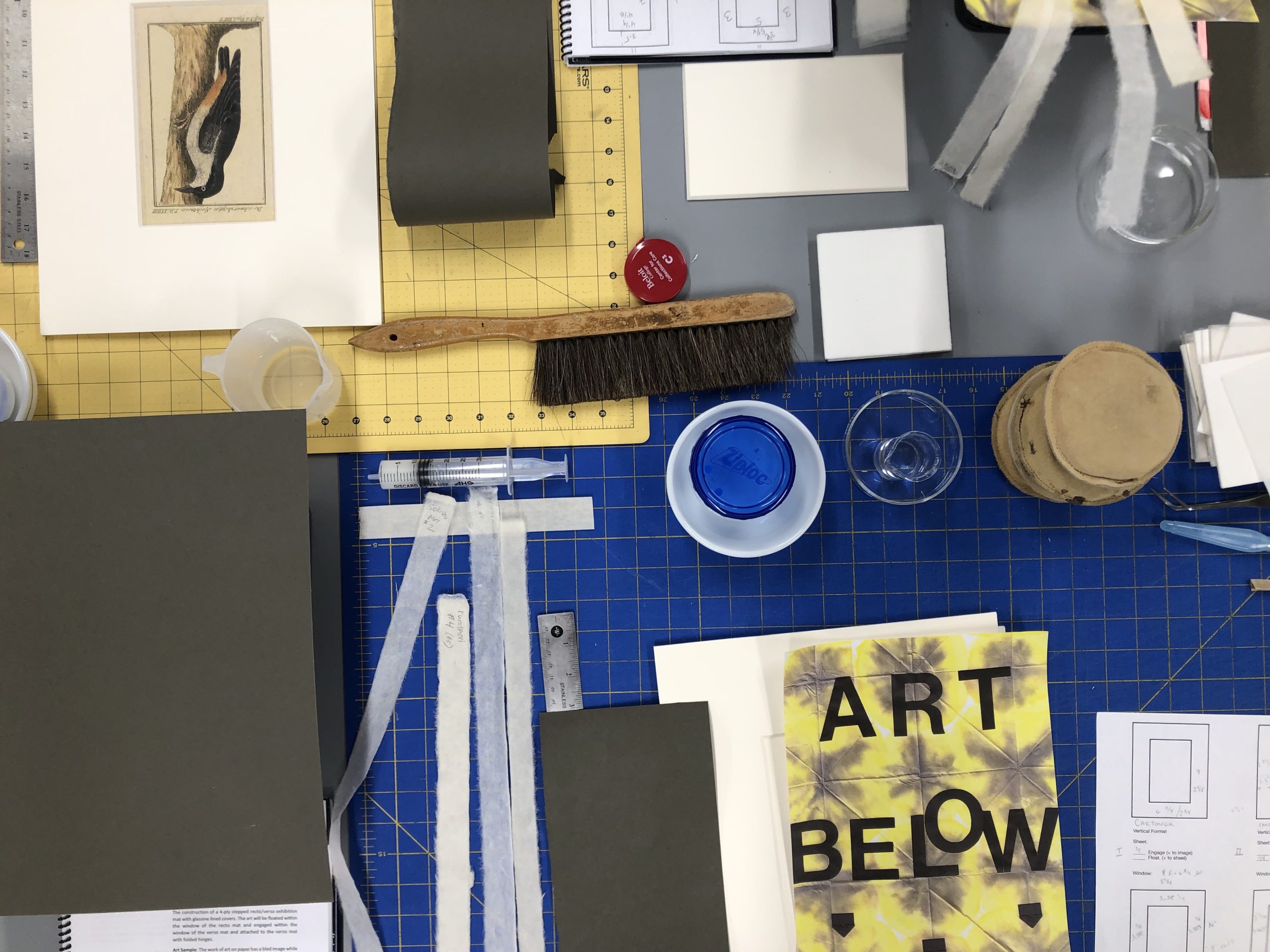
While simple sounding, the process can have a huge impact on how we view and access an artwork. Over the four days of the workshop, we experimented with different sizes of matboard, cut all kinds of windows, and made complex, sealed “art packages” for sending artworks on touring exhibitions. Peek at all the processes below to see just how big an impact such a “small” feature can make!
